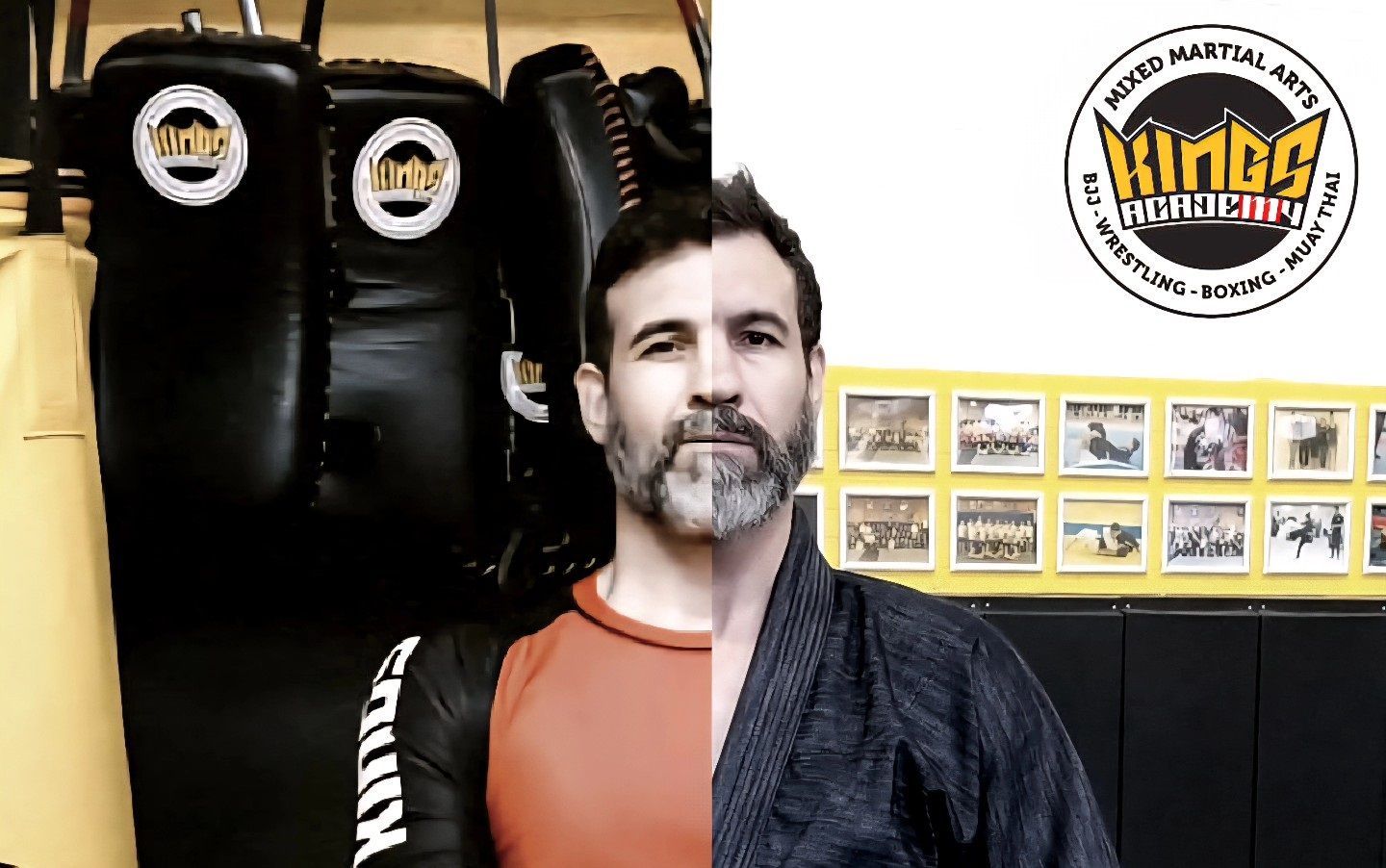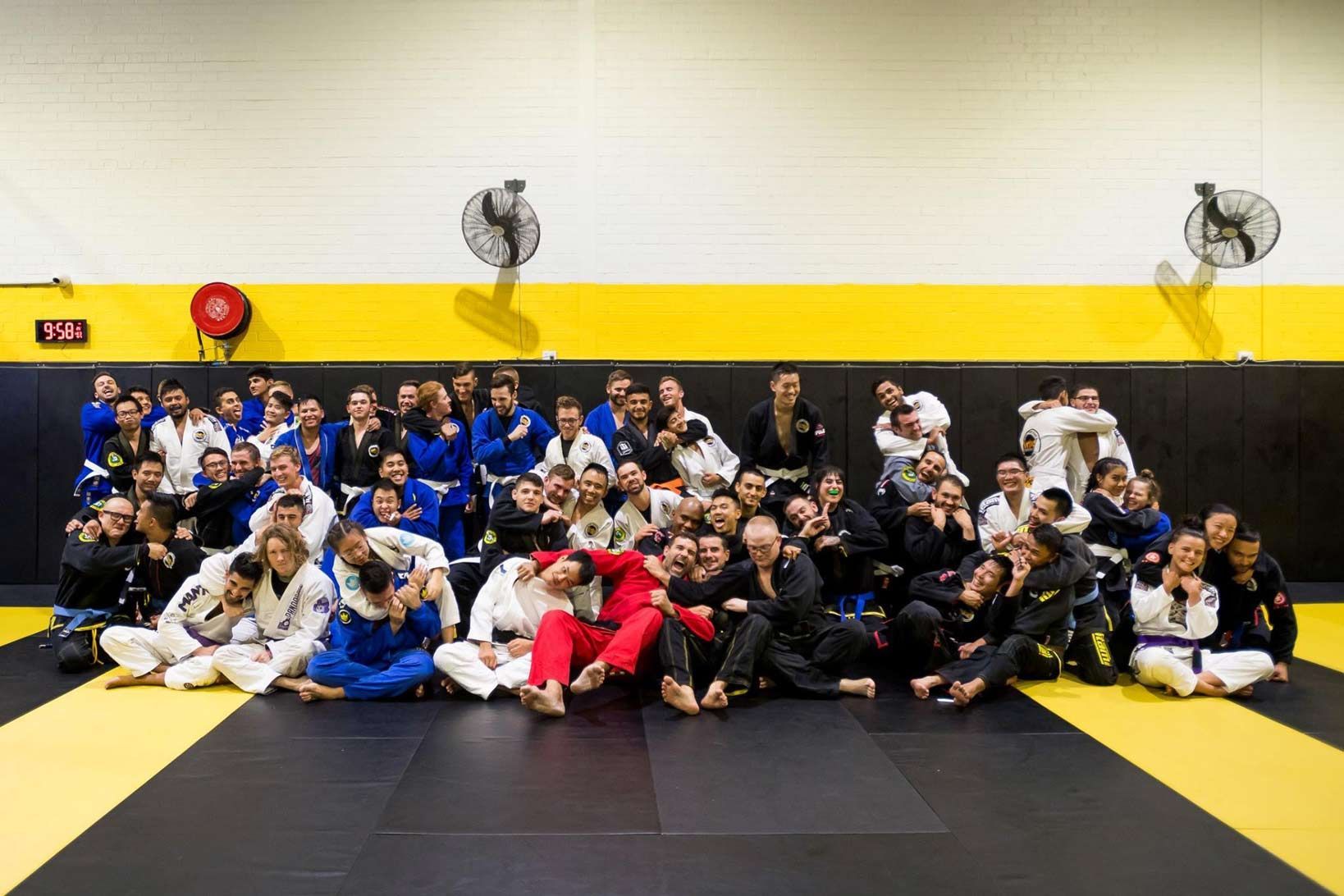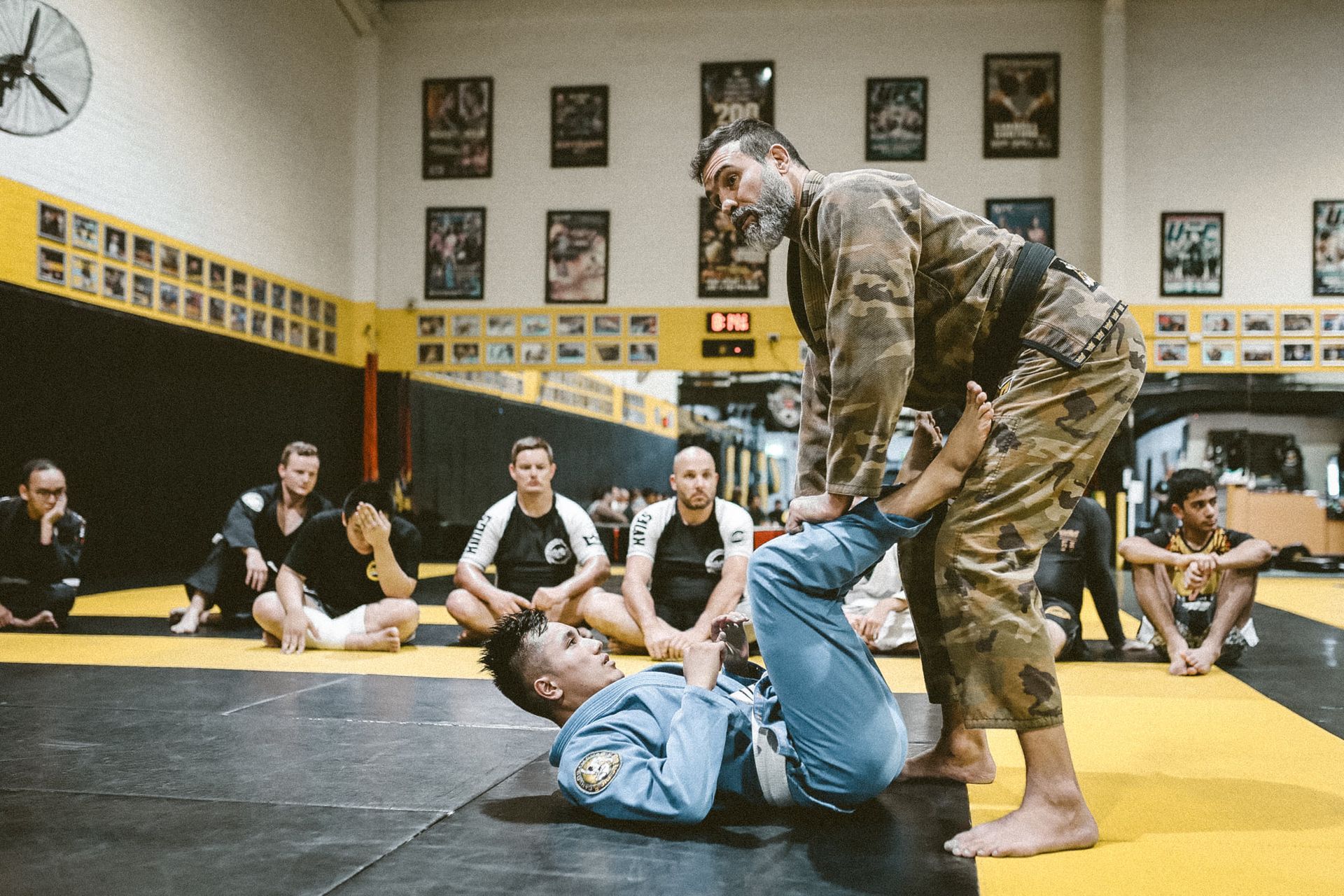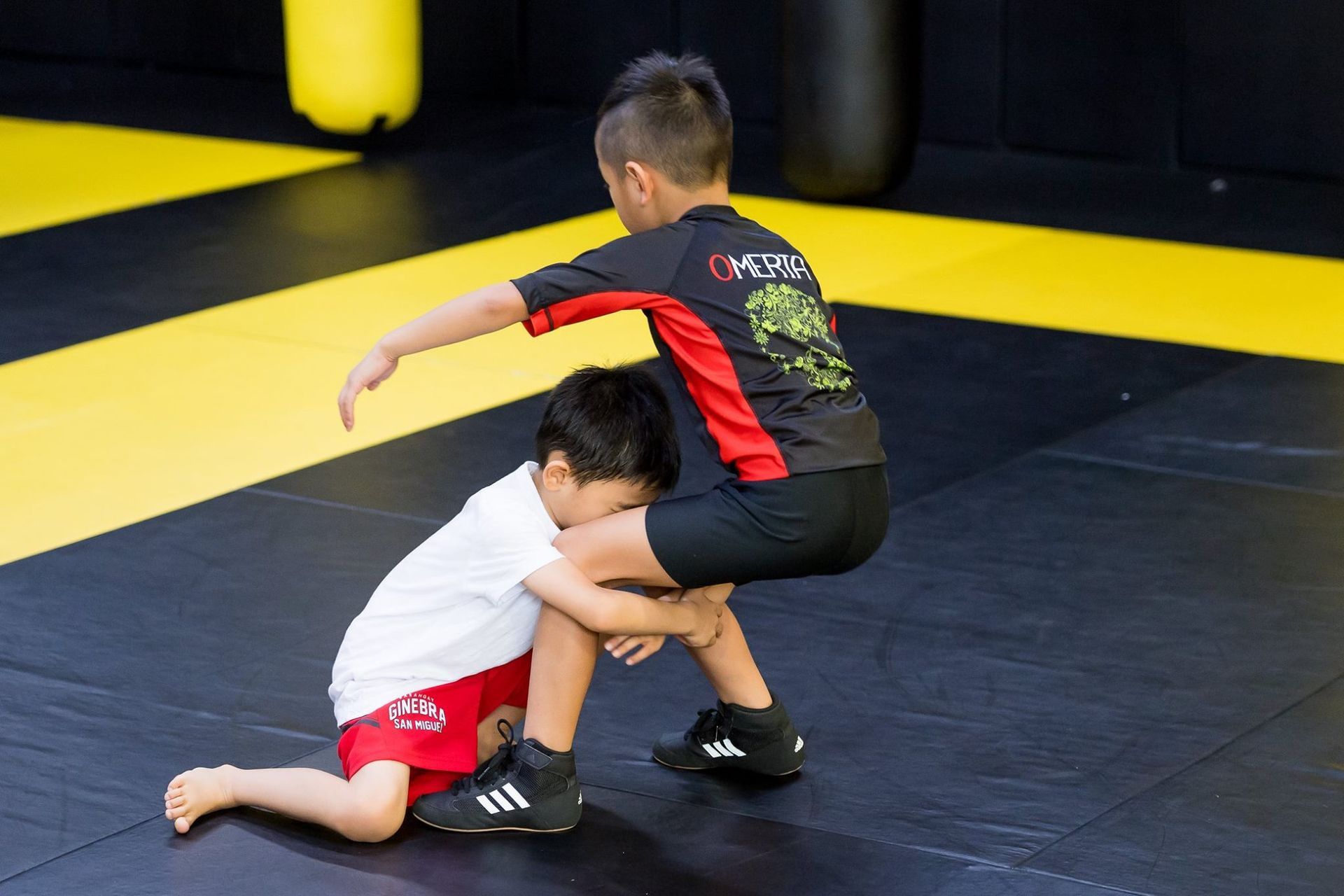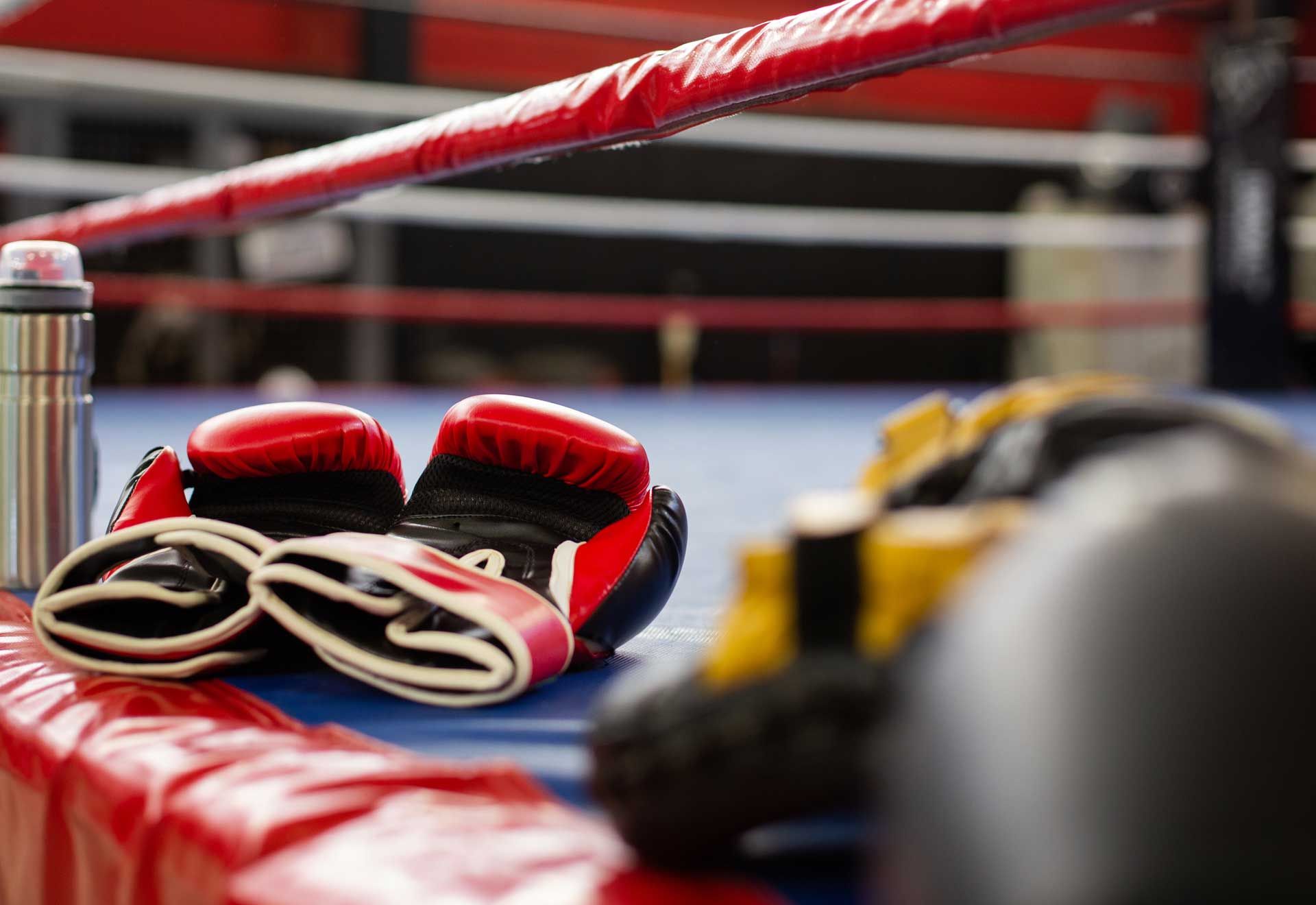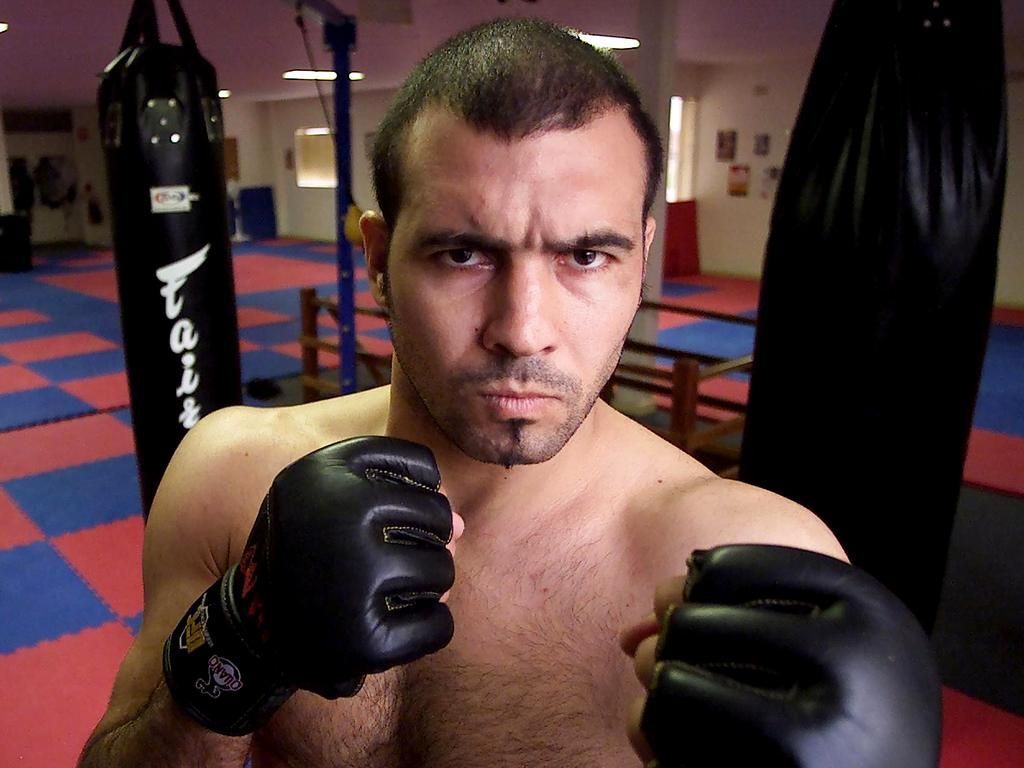Everything You Should Know to Develop Boxing Fundamentals
Understand why Boxing Fundamentals are so important
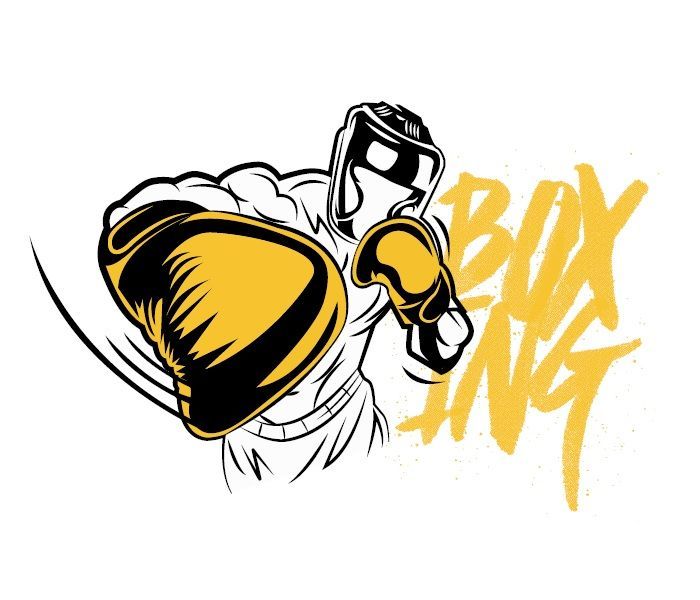
🥊 Everything You Should Know to Develop Boxing Fundamentals
Learn more about our Boxing program by clicking here
Boxing isn’t just about throwing punches - it’s about precision, control, timing, and technique. Before you think about knockouts or combos, you need to develop a rock-solid foundation. The fundamentals are what separate beginners from fighters who understand the art and excel.
In this guide, we’ll break down everything you should know to build your boxing fundamentals, from stance to strategy to application. What are you waiting for, read on!
🧱 1. Mastering Your Stance and Footwork
The stance is your base - your centre of balance, power, and defence. Get it right, and everything else becomes easier.
Key Points for a Solid Stance:
- Feet shoulder-width apart
- Dominant foot back (orthodox = right hand back, southpaw = left hand back)
- Knees slightly bent, weight evenly distributed
- Hands up, elbows in, chin tucked
Footwork Fundamentals:
- Stay light on your feet by being on the balls of your feet, not flat footed.
- Avoid crossing your feet over when moving
- Move by stepping, not hopping or dragging
- Always return to stance after any movement
- Practice: forward, backward, side-to-side steps + pivots
Tip: Footwork isn’t just for movement - it’s the foundation for defence and creating angles.
✊ 2. Learning the Basic Punches (The “6”)
Start with the six foundational punches:
- Jab (1): Fast, straight lead hand punch - sets everything up
- Cross (2): Powerful rear hand punch - your main power shot
- Lead Hook (3): Circular punch with lead hand - great for close range
- Rear Hook (4): Similar to lead hook but with rear hand - more power. Will later on develop into the overhand
- Lead Uppercut (5): Upward punch from lead side - good against crouching opponents
- Rear Uppercut (6): Same motion with rear hand - powerful but risky if thrown wrong
Focus on:
- Proper form over power
- Full rotation of hips and shoulders
- Snapping punches, not pushing them
- Bringing hands back to guard position after every shot
What comes next:
All the punches you can throw to head, you can throw to the body.
- Body Jab
- Body Cross
- Boddy Hook
- Body Rip (this is the uppercut to the body)
🛡️ 3. Defence: The Other Half of the Game
A great boxer doesn’t just hit - they avoid getting hit. Fundamental defensive skills include:
- Guard Position: Elbows in, keep your hands up
How you will defend punches from your opponent
- Footwork: Distance control is your best defence. If you’re not there, you can’t be hit
- Blocking/Cover: Using your hands or arms to absorb strikes
- Parrying: Using your hands or arms to deflect strikes
- Slipping: Moving your head just off-line to the side avoiding straight punches
- Weaving: Moving your head in a U shape motion to duck under a punch
- Shoulder Roll: Using shoulder and torso movement to roll your shoulder up to deflect punches
Drills to Build Defence:
- Shadowboxing with head movement
- Slip rope drills
- Partner drills using only defence to defend a set attack(e.g., catch the jab, slip and weave the 1-2, weave the hook, etc)
- Sparring drills one partner throws attacks while the other partner only works defence. This is done at a controlled pace to allow the defender to build defensive skills.
🔁 4. Drilling and Repetition
The only way to make fundamentals automatic is consistent, focused drilling. Examples include:
- Jab-only rounds on the bag
- Footwork-only shadowboxing
- Mirror drills with a partner (offense vs. defence)
- Pad work focusing on specific combos
- Shadow Boxing using attack and defence. Do not remain stationary as footwork is equally important as attack and defence
Pro tip: Don’t rush into fancy combinations. Repetition of basic movements builds speed, timing, and power over time.
🧠 5. Ring IQ and Timing
Boxing isn't just physical - it’s strategic.
Fundamental Ring Skills:
- Distance control: Know when you're in range or out
- Feinting: Faking to draw a reaction
- Timing: Learning when to punch - not just how
- Composure: Staying calm under fire, even when tired
- Ring Control: Learning to cut the ring to trap your opponent in a corner
Pro Tip: You build these through sparring, watching high-level boxing, and slowing things down during training to recognise patterns and learn reactions.
🥋 6. Conditioning and Discipline
Fundamentals don’t just mean technique - they include your fitness and mental approach too.
- Gym work: Resistance work to build strength
- Roadwork (Running): Builds stamina
- Shadowboxing: Refines movement and focus
- Heavy Bag: Develops power, rhythm, and conditioning
- Jump Rope: Improves footwork, timing, and endurance
- Consistency: Fundamentals require daily effort - there are no shortcuts
- Sparring: Sparring with a training partner to simulate a fight/match
🧠 Final Thoughts: Master the Basics First
No matter how far you go in boxing, the fundamentals remain the backbone of your skillset. Every pro fighter, no matter how flashy, relies on these basics to win fights and stay sharp.
Master your stance.
Perfect your jab.
Move with intention.
Defend with awareness.
Train with discipline.
Whether you’re stepping into a gym for the first time or refining your craft, remember: the stronger your fundamentals, the higher your ceiling.
Now get to the gym and train your fundamentals!
If you're in Sydney and interested in trying out Boxing classes at Kings Academy Click here for a free week trial
For more articles on Boxing click the links below:
Ten reasons you should try Boxing
Ten reasons children should practice Boxing


